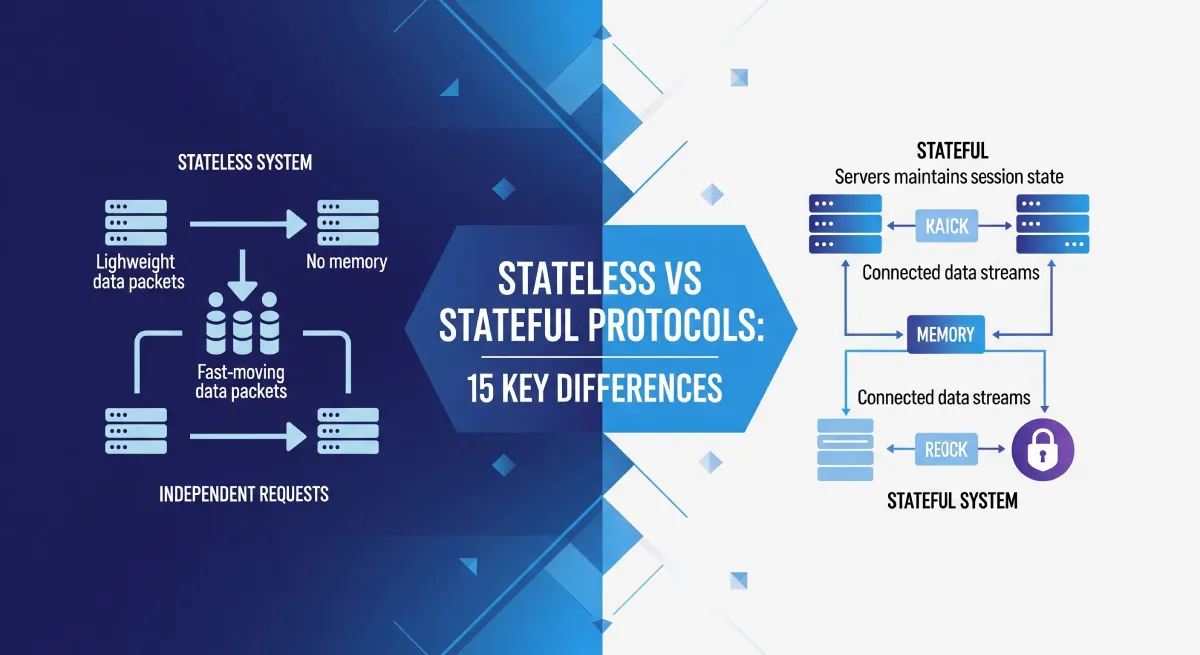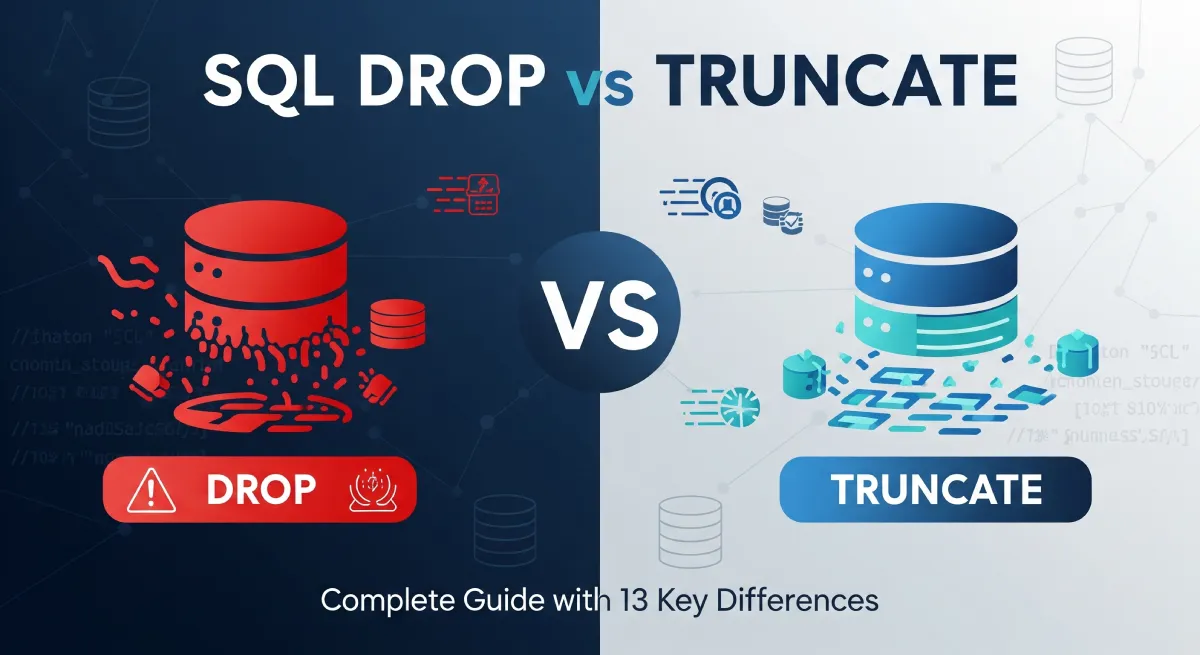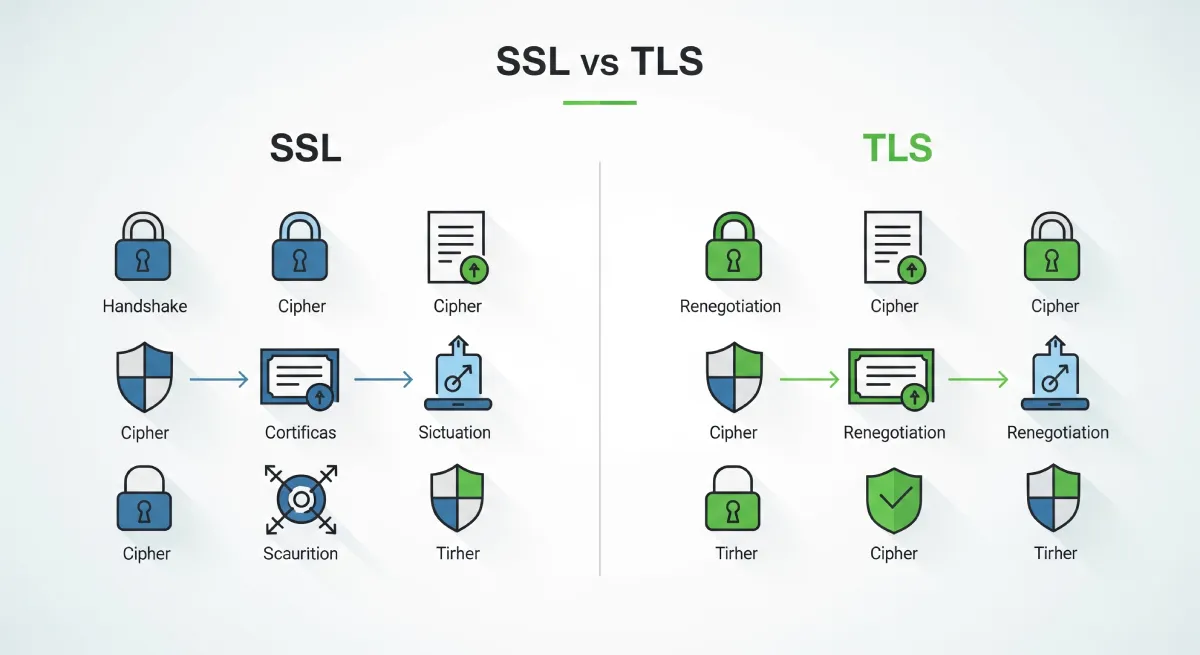Unlocking the essence of these terms is crucial for system administrators and enthusiasts alike. Internal Fragmentation occurs within a storage block, leading to inefficient space utilization. On the other hand, External Fragmentation involves scattered free spaces across the system, hindering optimal performance.
Navigating Through Internal Fragmentation
Understanding Internal Fragmentation
In the realm of system management, Internal Fragmentation poses a challenge. Explore how unused memory within allocated blocks impacts overall efficiency. Discover strategies to mitigate this issue and streamline your system’s performance.
Effects on System Speed
Unlocking the Secret: Internal Fragmentation vs External Fragmentation reveals that excessive internal fragmentation can significantly slow down your system. Learn how to identify and address these issues promptly to ensure seamless operations.
Best Practices for Internal Fragmentation
This section provides expert-backed recommendations to combat internal fragmentation. From memory allocation techniques to real-time monitoring tools, empower yourself with practical insights to optimize your system.
Deciphering External Fragmentation
Cracking the Code of External Fragmentation
Unlocking the Secret: Internal Fragmentation vs External Fragmentation brings us to the external front. Understand how scattered free spaces impact your system’s overall performance. Dive into real-world scenarios and grasp the consequences of neglecting external fragmentation.
Strategies for External Harmony
This part equips you with strategies to combat external fragmentation. Explore advanced memory management techniques and discover how proactive measures can maintain a cohesive system architecture.
Key Difference between Internal Fragmentation and External Fragmentation
Internal Fragmentation | External Fragmentation |
|---|---|
| When a process is allocated more memory than required, few unused space is left.This is called as Internal Fragmentation | System fails in allocating the contiguous memory space to a process even though it have the requested amount of memory but, in a non-contiguous manner.This is called as External Fragmentation |
| It occurs when memory is divided into fixed-sized partitions | It occurs when memory is divided into variable-sized partitions |
| Solution: allocating memory dynamically | Solution: Paging,Compaction,Segmentation |
| Example: process require 6KB, but allocated 8kb block. 2KB of wasted space is internal fragmentation. | Example: process size is 6kb and wants to be swapped in. Though we have total 6 KB space but we cannot allocate because blocks are not contiguous. |
FAQs: Unlocking the Secret: Internal Fragmentation vs External Fragmentation
1. What is the primary difference between internal and external fragmentation?
Unlocking the Secret: Internal Fragmentation vs External Fragmentation hinges on this fundamental distinction. Internal fragmentation occurs within allocated blocks, while external fragmentation involves scattered free spaces across the system.
2. How does internal fragmentation impact system speed?
Internal fragmentation can significantly slow down your system. The unused memory within allocated blocks hinders optimal performance, making it imperative to address promptly.
3. Are there tools to monitor and mitigate internal fragmentation?
Yes, various tools aid in real-time monitoring and addressing internal fragmentation. Explore advanced techniques to optimize memory allocation and system performance.
4. Can external fragmentation be prevented entirely?
While complete prevention may be challenging, proactive measures and advanced memory management techniques can effectively minimize the impact of external fragmentation.
5. Why is addressing both internal and external fragmentation crucial?
Both types of fragmentation can hinder system performance. Addressing them ensures optimal speed, efficiency, and longevity of your system.
6. How often should one perform system optimization to tackle fragmentation?
The frequency of system optimization depends on usage patterns. Regular monitoring and proactive measures can prevent excessive fragmentation.
Conclusion
Unlocking the Secret: Internal Fragmentation vs External Fragmentation is an essential journey for anyone involved in system management. Armed with insights and practical solutions, you can navigate the complexities, ensuring your systems operate at peak efficiency. Embrace the knowledge shared here and empower yourself for a seamless computing experience.




